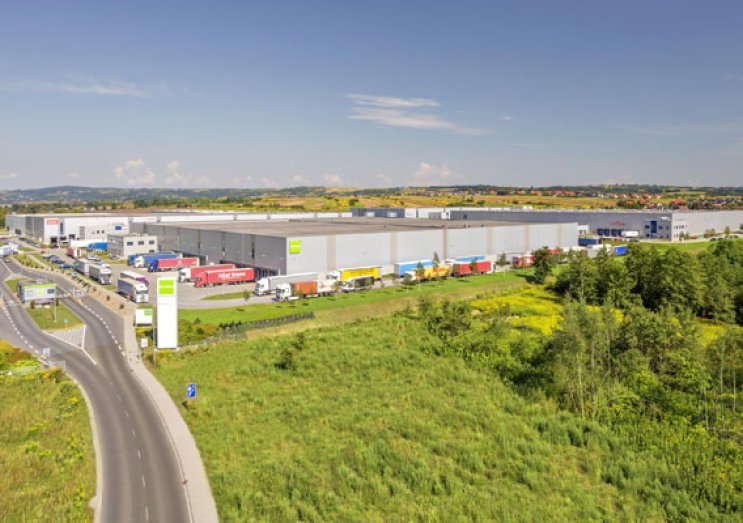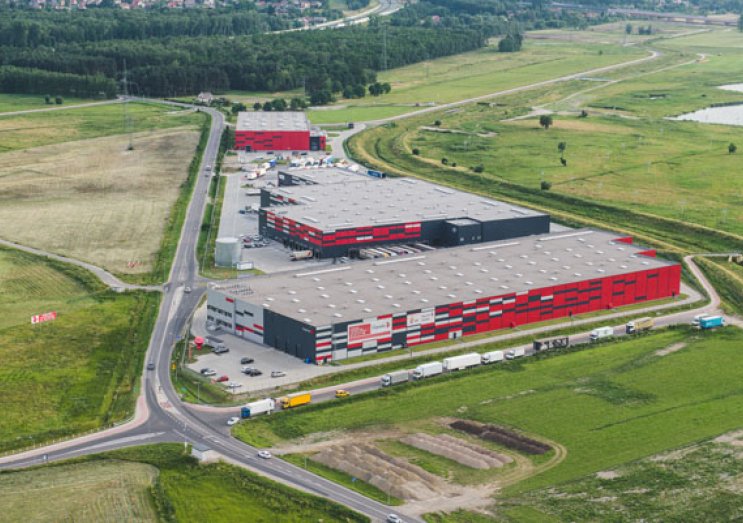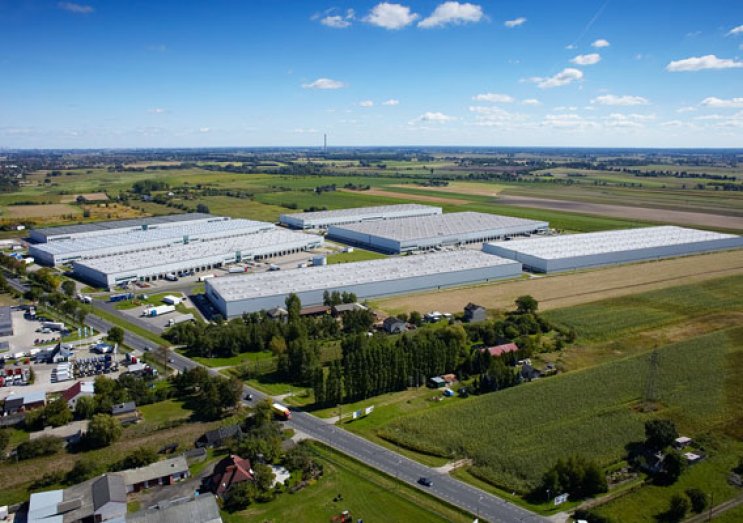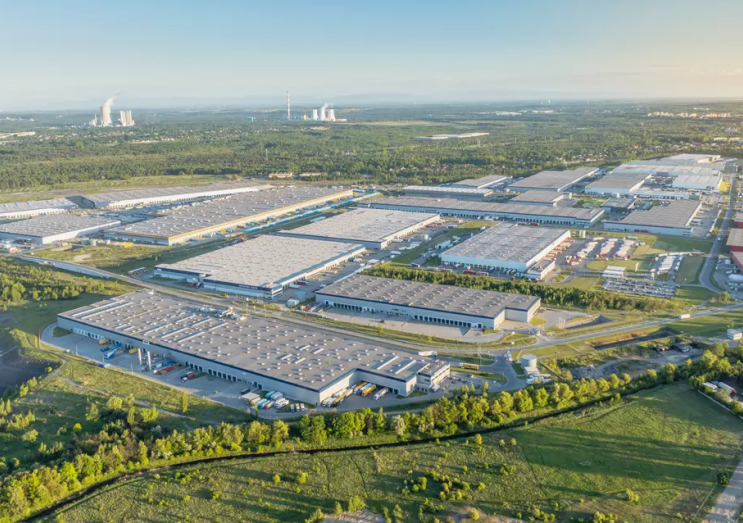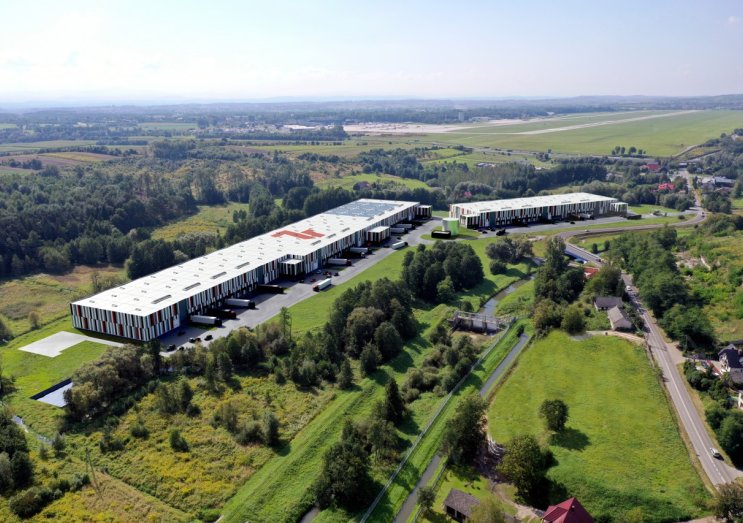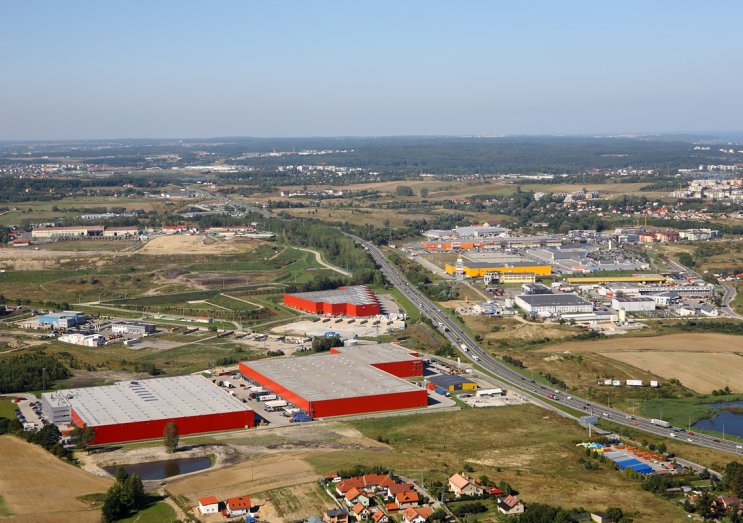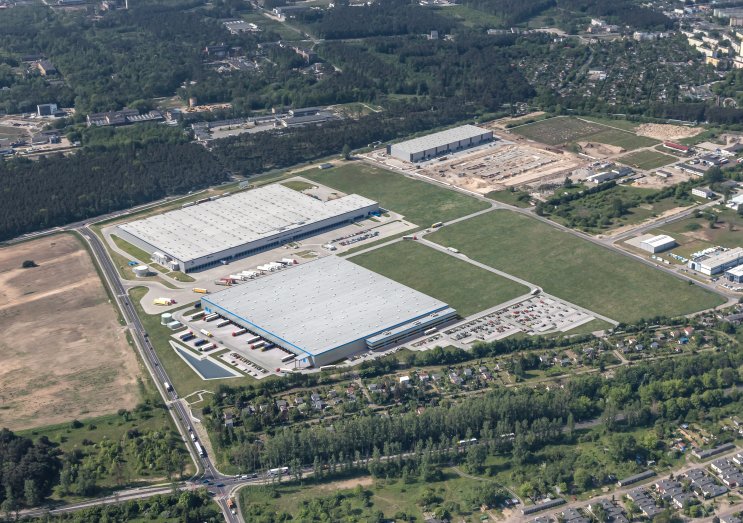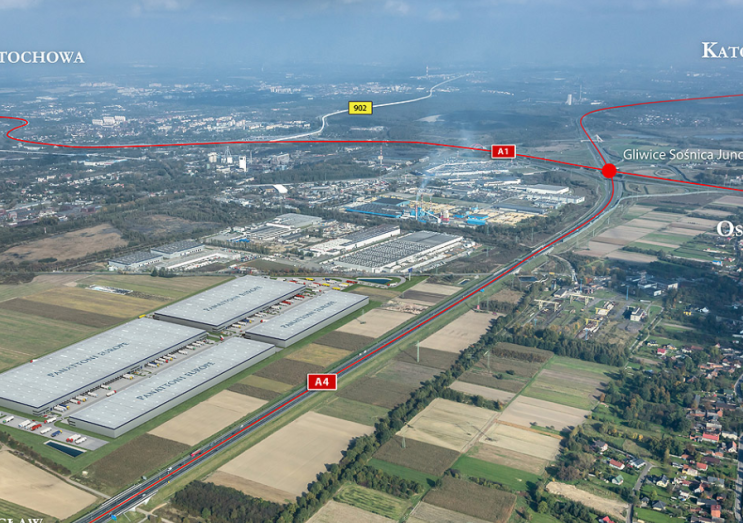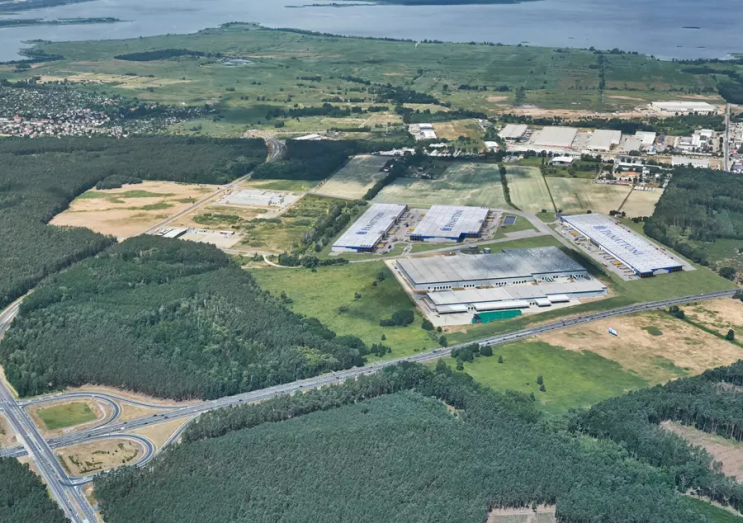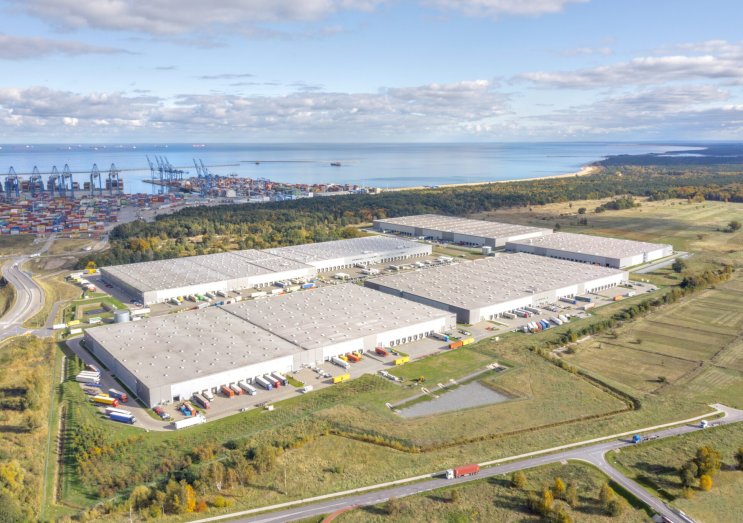Online retail sales are expected to grow on average by more than 10% a year. There is no doubt that the expansion of e-commerce will continue to have a huge impact on the warehouse market, with many opportunities on the horizon, says Natalia Mika, Advisor, Industrial and Warehouse Department, Cresa Poland.
More and more retailers are taking their business online and are competing not only with traditional, physical stores, but also with one another. And this struggle is not easy, as 42% of Polish people are ready to give retailers only one chance, reveals a report from PwC. In an e-store they pay attention to prices, customer reviews, product ranges, declared delivery times and options to collect purchases from a convenient location.
Online shopping on the rise
According to PwC, online retail sales grew by 35% in 2019-2020, with the annual growth expected to average 12% over the coming years. The most common items bought online in Poland are food, fashion and footwear, homeware and garden equipment, toys, health and beauty products, and electronics. 85% of Polish people say that they will not give up online shopping even after the pandemic. They will continue to shop as often as now and are even planning to spend more online.
Covid has accelerated the growth of e-commerce
To maintain its momentum, e-commerce needs more and more modern warehouses. The types of facilities being developed to support the growth of e-commerce range from large multi-level fulfilment centres, edge of town regional distribution centres to smaller in-town units supporting last mile deliveries however buildings are changing in design and functionality as tenants look to find the best real estate solution which can best accommodate their volume of operations and internal fitouts requirements. This is clearly visible in the statistics for the logistics and warehouse market across Poland. The ten largest transactions concluded by pure e-commerce players in Q1-Q3 2021 have already surpassed last year’s volume for the sector. “In fact, the volume of such transactions is higher, as 3PL operators deliver projects from various sectors in their warehouse facilities. The same holds true for courier companies that are taking additional warehouse space to cater for their ever growing base of e-commerce clients,” says Natalia Mika, who adds: “An example of such transactions is the lease for 105,000 sqm in Żerniki near Poznań, signed by DHL Supply Chain to provide logistics services for Zalando. Panattoni’s warehouse features advanced automation technologies and intralogistics solutions, including two multi-level pick towers with a storage capacity of up to twenty million items.
An appropriate warehouse makes for faster deliveries
Warehouses dedicated to e-commerce are leased not only by retailers, but also by 3PL operators and courier companies. According to the Logistics in Poland report from Manpower Group and the Institute of Logistics and Warehousing, only 14% of e-retailers handle logistics on their own while the remaining 86% cooperate with specialist logistics providers. “Solutions for e-commerce are based on three basic logistics models: own warehouse, drop-shipping (the transfer of responsibility for inventory storage to the manufacturer/wholesaler, and for shipment to a courier company) and fulfilment, which means complete outsourcing of order processing comprising transport, storage, picking and shipment,” says Natalia Mika. The growth in warehouse space dedicated to e-commerce links to technical advances and automation. The latter is important, above all, in large hubs. Advanced technological solutions make order picking twice as fast, significantly accelerating deliveries, which is a priority on the competitive market of e-stores. There is also a growing demand for last mile logistics close to city centres, as proximity to end customers enables e-retailers to deliver products a lot more efficiently and quickly.
Lubuskie and Poznań gain the most
Although e-retailers lease warehouses across Poland, more recently it is the Lubuskie province that has gained the most from the growth of online trading thanks to two projects for e-commerce giants. This region has in recent months seen the highest concentration of warehouse development activity for e-commerce. Two projects have been recently completed: Hillwood Rokitno (over 110,000 sqm) and Amazon’s BTS scheme in Świebodzin. The latter, which comprises close to 200,000 sqm, features 3,000 robots that slide under shelves with products to lift them, automated sorting stations and advanced remotely controlled robotic solutions. The facility in Świebodzin is Amazon’s tenth site in Poland.
“On account of their location, the warehouses in Lubuskie are also a great choice for German companies and local entrepreneurs servicing Western European markets. Strong advantages of the region include its well-developed road network, large labour pool and land availability,” says Natalia Mika. “Poznań has also seen a surge in demand reported by e-commerce. The largest transactions in the city and its suburbs include the lease of 50,400 sqm in Segro Logistics Park Poznań by HSF e-commerce, a 48,300 sqm lease agreed by Arvato Supply Chains Solutions in Prologis Poznań, Westwing’s deal for more than 82,000 sqm in P3 Poznań II, and the lease for 105,000 sqm in Żerniki near Poznań, signed by DHL Supply Chain,” adds Natalia Mika.
As many challenges as opportunities
“The COVID-19 pandemic has caused a dramatic shift to online retail. Many customers who had no previous experience in online purchasing have become e-shoppers. The expansion of e-commerce is inextricably linked to the warehouse market, which just keeps gaining more and more momentum. Although 2020 was a record year in terms of the number of transactions and total net warehouse take-up in Poland, 2021 is set to outperform last year. The plans of logistics companies and retailers clearly show that e-commerce will continue a trajectory of strong growth. Although many opportunities still await the warehouse market, there are also challenges to be mitigated such as supply chain disruptions, shortages in construction materials and increased construction costs,” concludes Natalia Mika.

